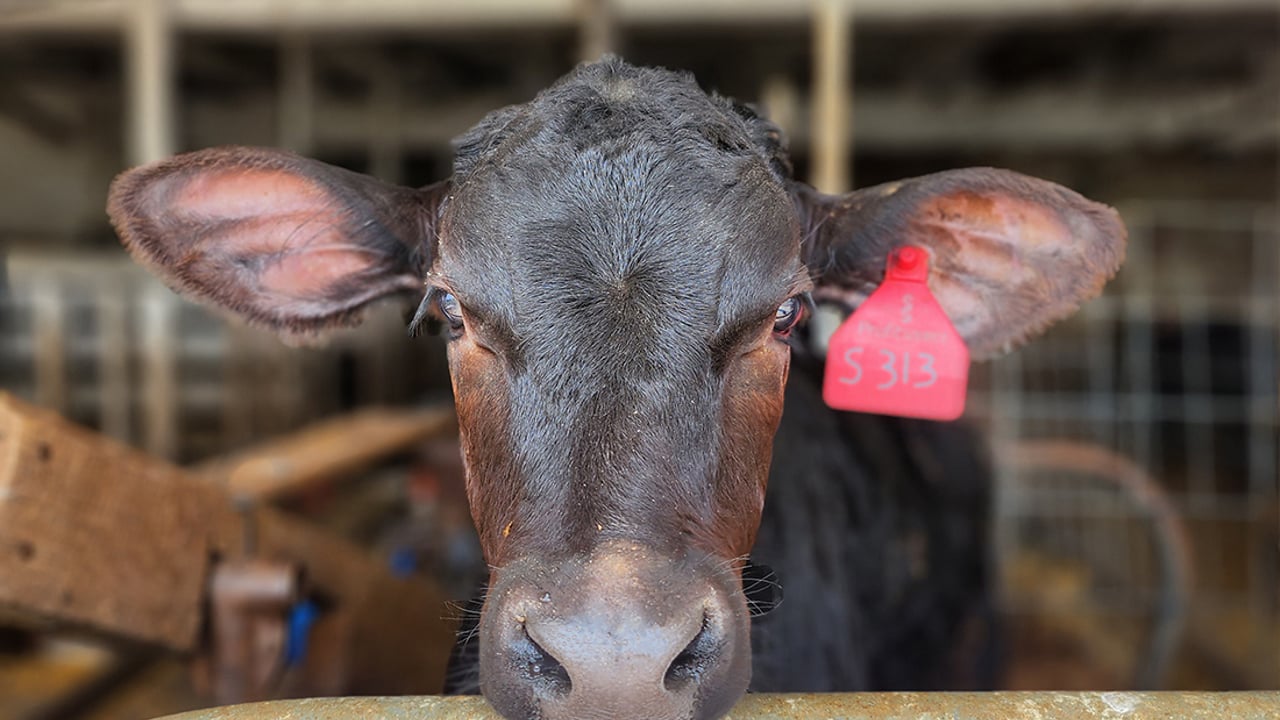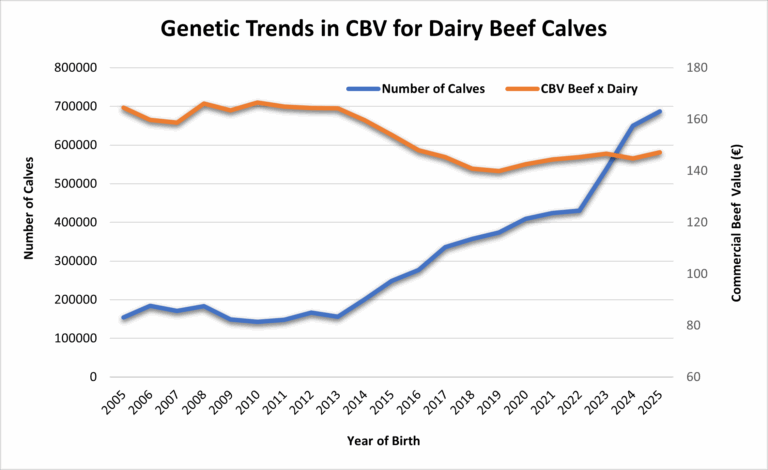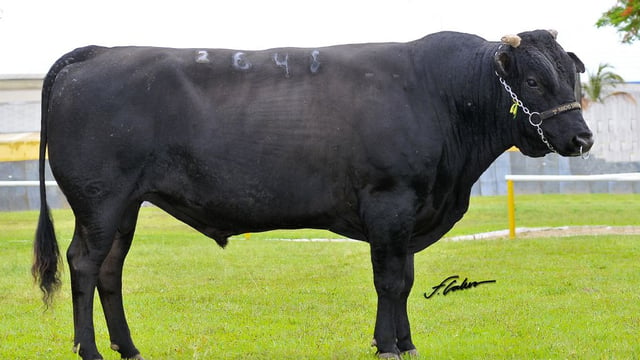Autumn breeding: How to improve your herd's beef merit
With the breeding season only a month away for autumn-calving herds, farmers must choose bulls to suit their needs for next autumn.
The main focus on most farms will be choosing bulls to give farmers enough high-quality dairy replacement calves.
However, as breeding has significantly improved over the last decade, and technologies such as sexed semen have become far more popular, farmers have reduced surplus dairy replacements which has allowed them to improve the beef merit in all additional calves.
The Irish Cattle Breeding Federation (ICBF) stated that more than 6,000 herds used sexed semen in 2025, with 30% of the total artificial insemination (AI) serves on dairy cows being to sexed semen.
As the majority of dairy farms have a replacement rate of somewhere between 10-20%, the average dairy farm of 100 cows will only need 25-30 heifer calves, leaving them with plenty of dams in the herd for beef calves.
On top of this, indications seem to be showing that beef prices could stay steady for a significant period of time, driving the desire for dairy-beef calves further.
Dairy beef calves
ICBF stated that there were an additional 270,000 dairy-beef calves born in 2025 when compared to 2020, while there were 208,000 less dairy calves born in the same timeframe.
The federation acknowledged that this has made for the third consecutive year where there has been more beef calves born from dairy cows than dairy calves themselves.
However, more does not always mean better, with the ICBF highlighting that there has been a decline in the beef genetics of calves born from dairy cows.
This can mostly be traced back to dairy farmers choosing beef bulls based on short gestation length and ease of calving.
By improving the the commercial beef value of your dairy-beef calves, farmers can sell them more easily and at better prices, as they will be more desirable for beef farmers looking to buy calves for fattening.
To improve the beef merit, farmers can use the Dairy Beef Index (DBI) to pick a team of bulls suitable for improving merit while still maintaining easy calving.
However, when picking bulls it is important to look within the index rather than just looking at the overall DBI figure, as it contains a calving, beef, and carbon sub-index.
The beef sub-index outlines traits such as carcass weight and conformation, while the dairy sub-index focuses more on calving difficulty, lower mortality, and gestation length.
A good DBI should translate to a good commercial beef value (CBV) where dairy calves are meeting minimum factory specifications, and essentially make dairy-beef calves easier for dairy farmers to sell.
It will also improve the calves' value which should generate extra profits for the dairy farm.
When picking bulls, the most important thing to be consider is making sure you have enough replacement heifers, then you can breed dairy-beef calves but consult your breeding programme and advisor first to develop the best plan.






